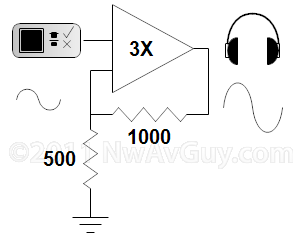Haidar
100+ Head-Fier
- Joined
- Apr 1, 2004
- Posts
- 303
- Likes
- 117
Is it possible to design a headphone amp with continuously adjustable output impedance?
I think channel balance precision is a good start.
My Alps were pretty bad on my O2, but that was with 119dB sensitive iems which is understandable with the amound of gain that was with it. Even with unity those iems has imbalance at 45 degree turn.
I asked JDS labs and they told me you get lucky with balanced pots. Luck of the draw.
If you set your PC output to 24 bit, you should be able to turn down the volume on the PC by quite a lot (without hurting the music quality), allowing you to use much more of the range of your volume pot (even with sensitive IEMs). That should fix the problem.
Anybody have good literature that explains it well?
Right, I've run into this concept just recently, but I'm not completely understood on the concept. Anybody have good literature that explains it well? I'm wondering if that impedance adjuster can be used as variable impedance adapter if you are looking to play around with various impedance at the output of the amp. It should be easy to measure the resistance to know how much you are adding to the output.
Easy enough. Put a variable resistor or L-pad in series with the output.
Given an output transformer with multiple taps, what is the difference between using its lowest impedance tap followed by a resistor (to increase output impedance to some number of ohms)
vs. using another tap whose output impedance is that same number of ohms?

Hi guys, I have a question for you. As you know, the Astell&Kern series have a volume adjustment knob so it has an attenuator. My question is, how does it attenuate the signal and keep the output impedance the same? Is there a buffer after to lower it? I thought it would be a pot for adjusting the gain. What do you guys think? Doesn't the pot change the resistance value to change the gain? Or is the volume just an attenuation of the line signal? Either way, the output impedance has to be dropped or kept constant, how is that done?

